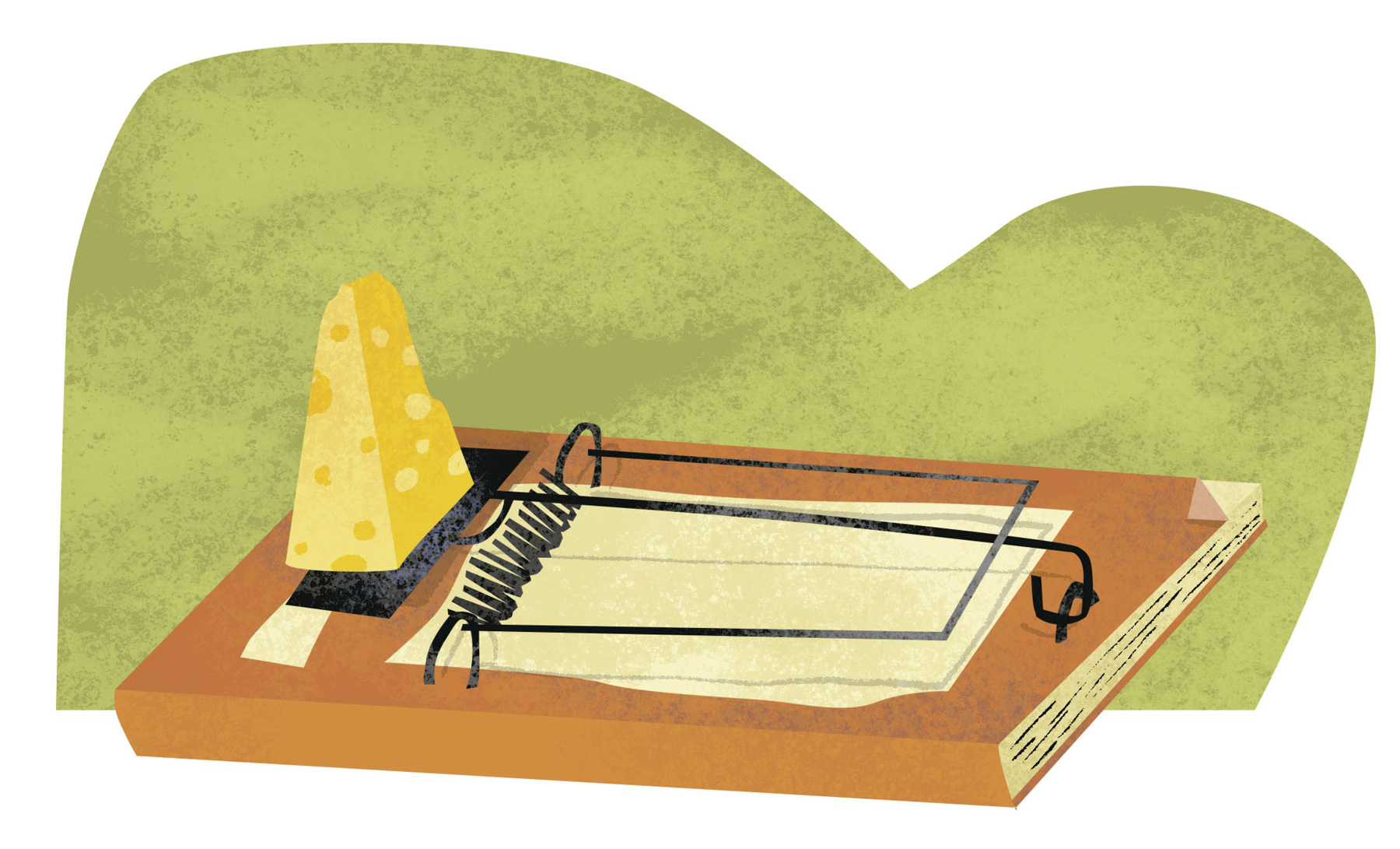A study carried out by researchers from the School of Business Administration at the Federal University of Rio Grande do Sul (UFRGS) has analyzed the influence of predatory journals—international open-access journals with loose selection criteria that charge authors to publish their papers—on the scientific community. In an article published in the journal Scientometrics in July, the group compiled scientific papers published between 2000 and 2015 by Brazilian PhD holders registered on the Lattes résumé website—aggregating a total of 2.3 million publications by 102,969 researchers. This information was then used to trace articles published in dubious journals.
One encouraging finding is that these journals have managed to entice just a small fraction of Brazilian authors—somewhere between 0.26% and 0.49% of all published articles, depending on the criteria adopted. The UFRGS group used three parameters to identify periodicals that use controversial publishing practices. The first was a list of more than 1,500 suspicious publications compiled by American librarian Jeffrey Beall, from the University of Colorado, between 2010 and 2017. Only 0.49% of the articles were published in journals on this list. Such a criterion, however, is controversial—Beall himself, a critic of open access, abolished the list after being threatened with lawsuits by some of the publishers featured.
The researchers took extra precautions to prevent bias. First, they combined two different parameters: simply featuring on Beall’s list alone was not enough, journals were only identified as predatory if they were also absent from the Directory of Open Access Journals (DOAJ), which requires its affiliates to adopt basic quality standards, such as the peer review of all manuscripts. When analyzing these two criteria together, the percentage of Brazilian articles published in potentially predatory journals fell to 0.44% of the total. The third criterion was the absence of an impact factor provided by citation indicators such as Journal Citation Reports, linked to the Web of Science database, or Spanish group Scimago’s Scientific Journal Rankings—the more dubious a journal, the less often its articles are cited. Publications that matched all three parameters accounted for 0.26% of the total.
Although predatory journals have a relatively low level of influence, the study has raised concerns. The number of Brazilian authors using these journals has grown. “Between 2010 and 2015, the number of articles by Brazilian authors in journals on Jeffrey Beall’s list tripled,” says engineer Denis Borenstein, a specialist in applied research and one of the authors of the study. The more worrying finding, however, was that several journals identified as predatory were present on the Qualis Periódicos system run by the Brazilian Federal Agency for Support and Evaluation of Graduate Education (CAPES), which uses roughly 30,000 publications to evaluate the scientific output of Brazilian graduate programs. “In all fields of knowledge, there were journals recommended by Qualis that fit all three of the criteria we used to identify predatory practices. None of them are particularly highly ranked, but the fact they appear at all encourages researchers to submit articles to them,” explains Borenstein.
Quadrennial evaluation
The Qualis Periódicos ranking is updated annually by committees of experts from 49 fields that evaluate Brazilian graduate programs every four years. Talita Moreira de Oliveira, general coordinator of graduate activities at CAPES, explains that the members of these committees continually endeavor to identify predatory publications, removing several of them each year. But with the constant entry of new journals, the task is never-ending. “When a magazine is not indexed on international databases, we try to evaluate its quality in other ways. The committees reevaluated some of the publications on Qualis between 2013 and 2016 based on lists of predatory journals, but there is no definitive list,” she says. According to Oliveira, the fact that some suspicious journals manage to slip through the net does not necessarily give an advantage to those who have published in them. “The most important Qualis rating is that of the most recent quadrennial assessment, which was last conducted in 2016. In the field of zootechnics, for example, there was an instance of graduate programs being given low ratings because so many papers had been published in predatory journals—but this was only discovered at the very end of the assessment and the articles were disregarded,” she says.
According to the authors, three of the five predatory journals most used by Brazilian researchers are in the field of agronomy: the American Journal of Plant Sciences, the International Journal of Food, Agriculture and Environment, and Agricultural Sciences. There is also a chemistry journal, the American Journal of Analytical Chemistry, and an economics journal, the Journal of Academy of Business and Economics.
The UFRGS group first became interested in the subject about five years ago. “Some researchers I knew were thinking about publishing in a journal called African Journal of Business Management, which was included in the Journal Citation Reports, but with a low impact factor. I looked it up and discovered numerous reports of predatory practices. I warned my colleagues and sent a letter to CAPES to let them know what I had found,” says Borenstein. The journal, which is no longer indexed on international databases, is published by Nigerian company Academic Journals. Borentstein started working with another UFRGS researcher—Marcelo Perlin, an expert in quantitative methods—to collect and analyze data from the Lattes platform.
The pair made further discoveries. The theory that it is mostly young and inexperienced researchers who publish in these journals was not confirmed. On the contrary, the study found that the older the author, the more likely they were to publish in predatory journals. “Misconduct is associated with experienced researchers, who may be aware of questionable practices, but feel they can benefit from them.”
Republish


